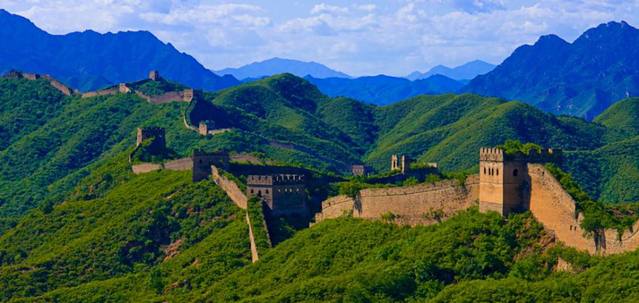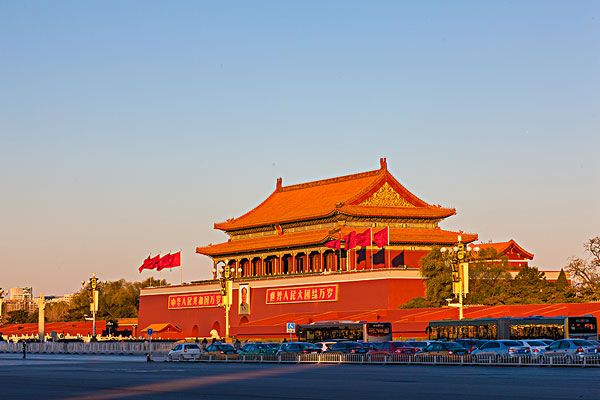
Known as “Jing” for short, Beijing City is the capital and the second largest city of China, located at the northern end of the North China Plain and 150 kilometers east of the Bohai Sea. It is one of the six ancient capital cities, and also one of the four municipalities directly under the Central Government now.
Covering an area of 16, 800 square kilometers, the whole city is divided into 16 districts and two counties. They are Dongcheng, Xicheng, Xuanwu, Chongwen, Chaoyang, Haidian, Fengtai and Shijingshan in the surburbs and Fangshan, Mengtougou, Changping, Tongxian, Shunyi, Daxing, Huairou, Miyun, Pinggu and Yianqing in the outer suburbs. Population in Beijing is about 12 million.
The Beijing Ape-men lived at zhoukoudian area in Beijing as early as 700,000 years ago. The Yan Kingdom was established here in the Spring and Autumn and Warring States Periods. The capitals of the Liao Dynasty and the Jin Dynasty, namely Nanjing and Zhongdu, were both located in this area. Later in the Yuan, Ming and Qing Dynasties, Beiing had developed as the political and cultural center of the country. Before 1949, Beijing was known as Peking by the Western world. After 1949, the city's name returned to Beijing, as it is known today. With the long and splendid history, it is why Beijing City became a most concentrated place of the country's scenic spots and historical sites. Among them, the best known are the Palace Museum, the Summer Palace, the Great Wall and the Temple of Heaven.

Beijing city has hold the Olympic Games in 2008. It is the most potential city with fast development and modernization, the future tourism center of the world.
As it has four distinct seasons, the best months to visit Beijing are May, September and October. The city has developed industry and agriculture, and a long history of skillful traditional craftworks.
(The contents are selected from website)


.jpg)

